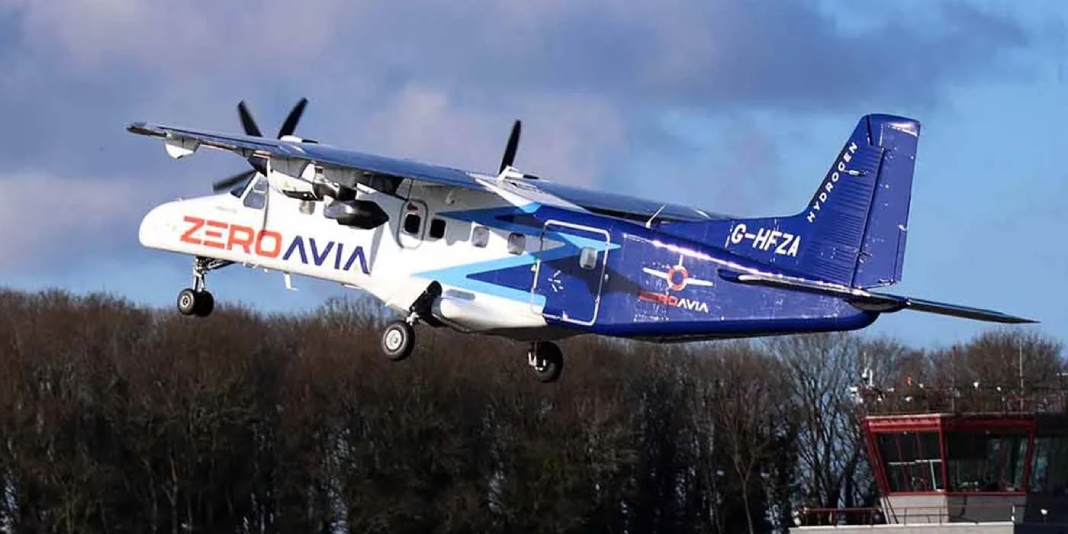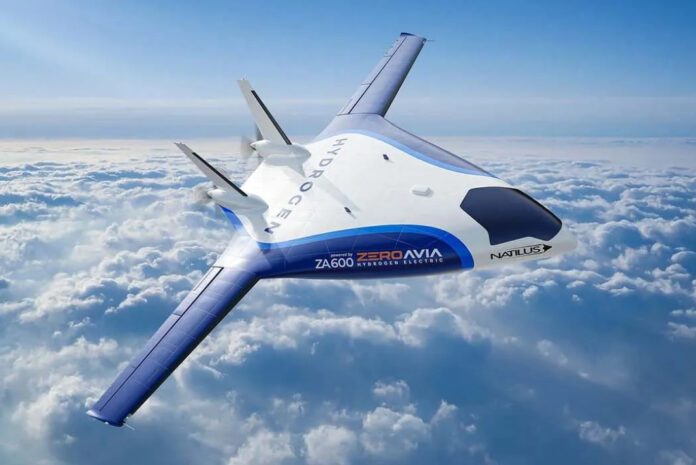The UAV from the ZeroAvia and Natilus partnership will utilize hydrogen-electric propulsion
An announcement from the ZeroAvia and Natilus partnership has led to the development of a hydrogen-electric UAV (unmanned aerial vehicle). On its blended wing body (BWB) cargo plane, they will provide ZeroAvia’s ZA600 hydrogen-electric engine as a propulsion option.
In a press release yesterday, the ZeroAvia and Natilus partnership revealed details of their new strategic alliance and emphasized their shared commitment for implementing aviation practices that will benefit the environment in several ways. On its Kona BWB cargo plane, Natilus plans to use ZeroAvia’s 600kW hydrogen-electric technology as the only source of propulsion. Prior test flights of the ZA600 by ZeroAvia had a backup combustion engine on the other side of the aircraft.
According to Natilus, the BWB architecture of the Kona provides more interior space for hydrogen storage, potentially boosting the range of the zero-emission electric cargo plane. Natilus claims to have over $6.8 billion in order commitments, totaling over 460 aircraft pre-orders from major airlines.
“Given Natilus’ impressive order book and corresponding technology development, working together on integrating the ZA600 as a line-fit engine for Kona can multiply the emissions and costs benefits that are already interesting cargo operators,” said CEO and founder of ZeroAvia, Val Miftakhov. “We all depend on air cargo operators, and some communities depend on them absolutely, so improving the economics and environmental impacts of these operations while increasing service levels is a massive opportunity.”
This past January, the 19-passenger ZeroAvia powered by its ZA600 hydrogen-electric engine successfully took flight for the very first time. With $10 billion in pre-orders and experimental certification from the CAA (UK) and FAA (US) in hand, ZeroAvia is making progress toward its objective of producing and obtaining experimental approval for two zero-emission engine classes by 2027.

